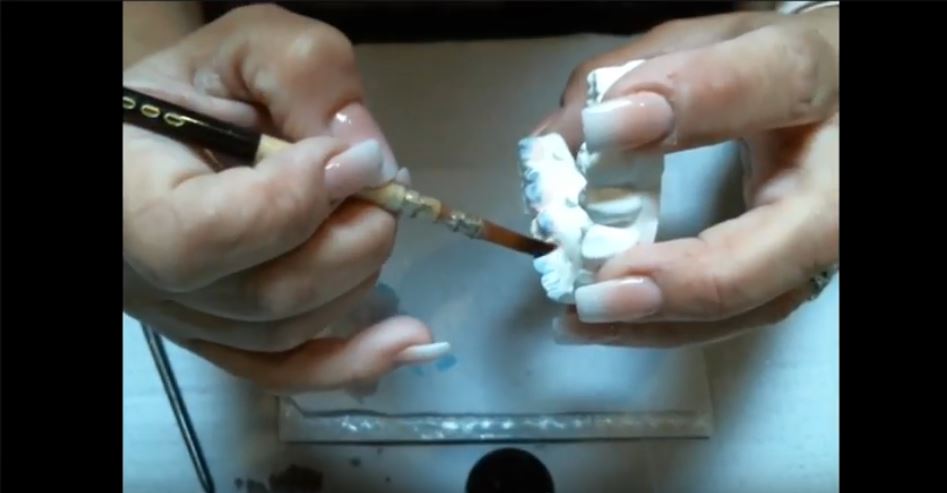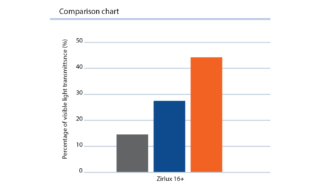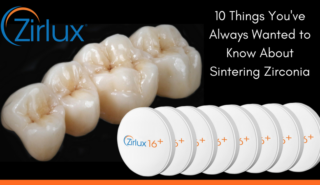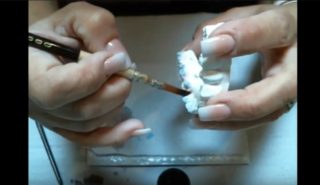
As a follow up to the Zirlux 16+ webinar, Coloring a Full Arch, we put together a list of questions from the Q&A part with Pamela Hanneman, CDT.
Pam has been a technician for 23 years and worked with Zahn Dental as a training and education manager as well as getting to test and vet new products to implement in laboratories. She is currently Custom Milling Center’s production manager.
Here’s a list of the top 9 questions she receives regularly regarding staining and glazing zirconia.
Q: Do you recommend sandblasting before glazing and adjusting the color?
A: I do. It makes it nice and clean. You can also do a little smoothing with the sandblaster, which gives it a nice surface.
Q: Can I use more color to change from A1 to A3.5 when using a colored disc?
A: For example, if you have an A2 disc and you want an A3 then I would put one coat of A3 on it. I would not dip it.
Q: Do you use a vacuum for glaze firing?
A: No, I do not. I get a better result without it.
Q: Do you have an opinion on using the water color brushes (aqua brushes) that hold the stain in handles?
A: I do like them for the incisal liquids, and only for the incisal liquids. Aqua brushes do not distribute liquid well enough, and when you put dentin in large areas you do not want to risk the areas becoming splotchy. Also, when you squeeze the brushes too hard, the liquid leaks out and that could cause more trouble.
Q: I’ve heard that it matters if your brushes have metal collars this can cause some sort of contamination.
A: It is best not to have any metal on your brushes. If you do have metal on your brushes then make sure to not dip the metal part.
Q: It’s been recommended to me to use the MPF brushes, which are entirely plastic/synthetic and metal free.
A: That is the best way to go. I highly recommend metal free and synthetic brushes because metal does contaminate the liquid.
Q: What gingiva color do you recommend?
A: It depends on what system you’re using and it depends on the communication with the doctor. Two coats of the dark pink shading liquid typically result in basic tissue shade. The gingiva shade also depends on the ethnicity of the patient.
Q: Did you mix gingiva colors?
A: Yes; I encourage people to experiment and try different things. I’ve experimented with mixing colors, and it helped me get 3D shades.
Q: If you were dipping, how long would you dip a crown?
A: You always want to put your incisal on first because you want the zirconia to absorb the colors. The usual steps of incisal, central dissectional groove, go around the gingival one shade darker (one swipe). Then quick dip (one second).
Have any more questions? Feel free to contact us! Contact us here.



